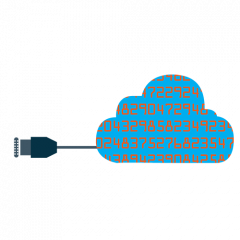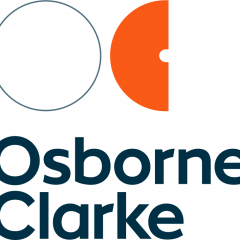Who: The foundation “I Choose Consciously”
Where: The Netherlands
When: 1 August 2016
Law stated as at: 1 August 2016
What happened:
“I Choose Consciously” is a foundation that consists of multiple organisations in the food sector. The objective of the foundation is to raise awareness among consumers of a healthier choice in food. The means by which the foundation achieves his objective is to place a “Blue Tick” (“conscious choice”) or a “Green Tick” (“healthy choice”) on the packages of products.
Nowadays, the supermarket shelves are full with products containing signs, figures and other elements influencing children. For a long time, children’s marketing is subject to discussion and commotion in the food sector. Therefore, the foundation “I Choose Consciously” decided that the use of the “Blue Tick” on products with children’s marketing is no longer permitted as of 1 August 2016.
A Blue Tick on products represents a “conscious choice”, as said before. However, a conscious choice doesn’t necessarily mean that the product is healthy. The Blue Tick stands for a more conscious choice within a certain group of products. For example diet soda or light crisps are considered to be a more conscious choice within the range of soda’s or crisps, but it is debatable if diet soda and light crisps are indeed healthy products.
Therefore, “I Choose Consciously” decided that the Blue Tick is no longer permitted on products with children’s marketing. This means that it is not allowed for packages with advertising elements for children, such as the use of famous figures and animated characters, to contain a Blue Tick. Already existing products with a combination of a Blue Tick and children’s marketing have to conform to the new standard before 31 July 2017.
Why this matters:
Products with children’s marketing appeal to children. When these products contain a Blue Tick the presumption may be created that these products are healthy to children, while this isn’t necessarily the case. Prohibiting the Blue Tick on products with children’s marketing may take away the presumption that unhealthy products for children are healthy.








